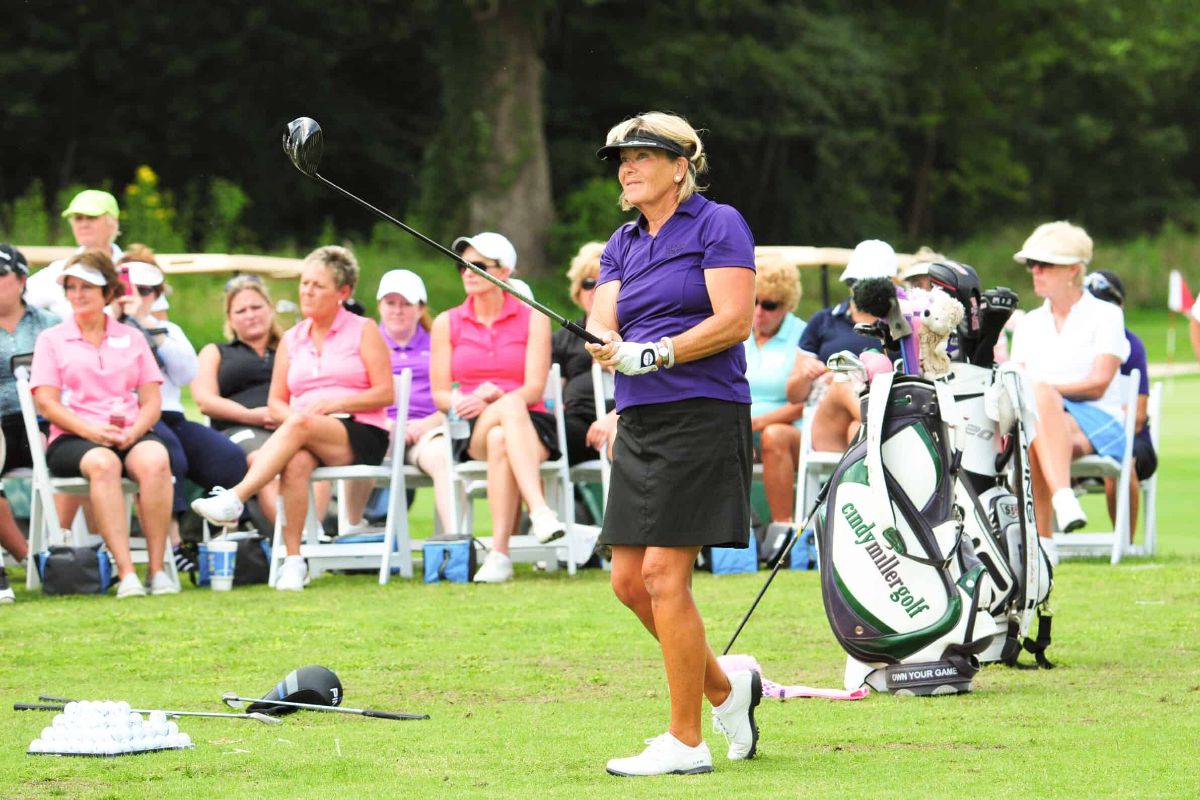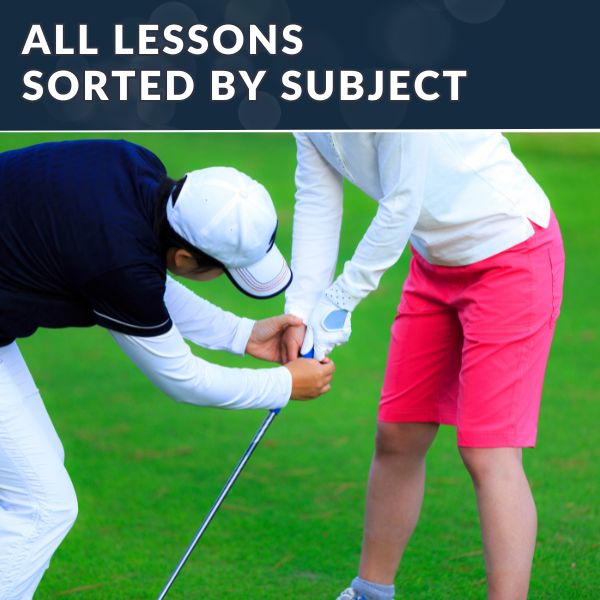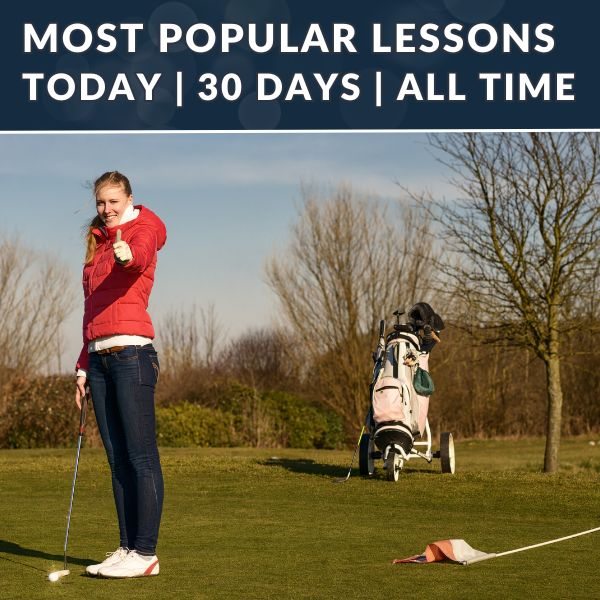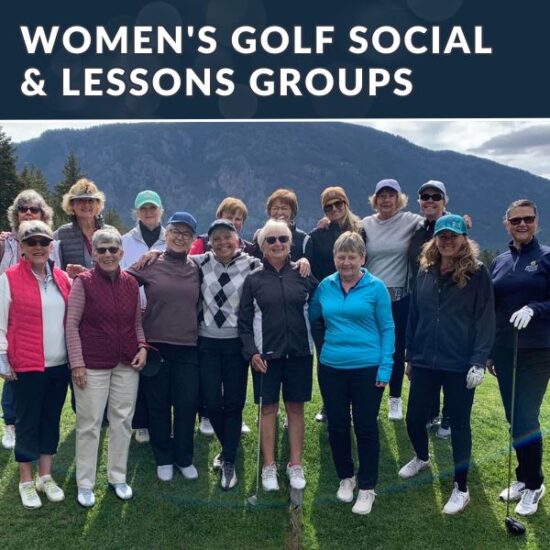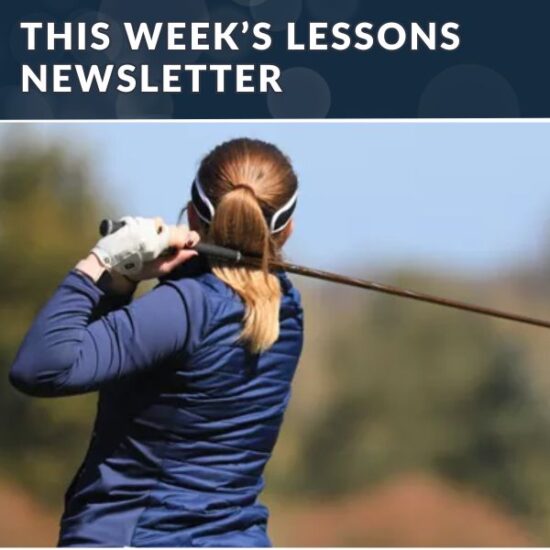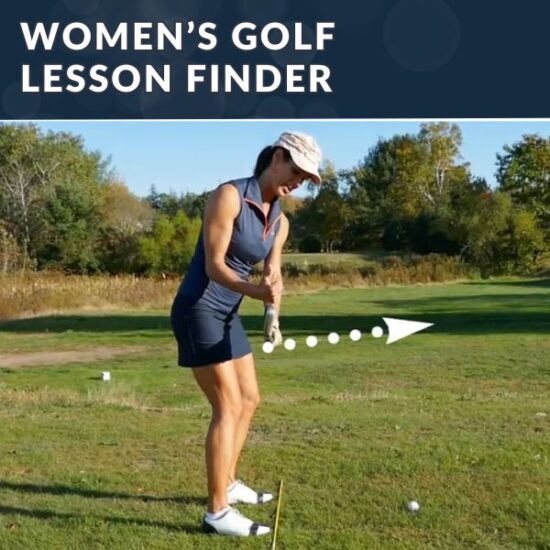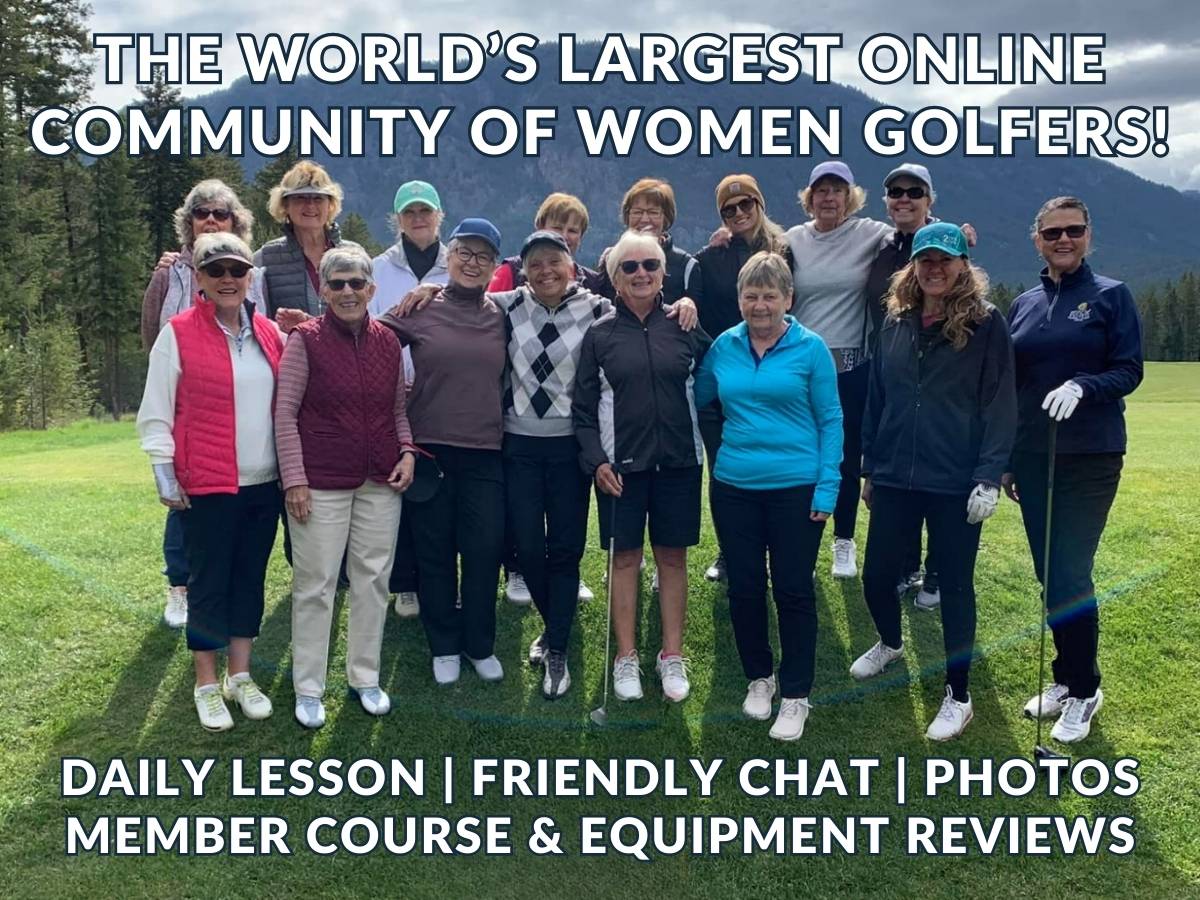Many components must work together to score better on the golf course. If you are serious about breaking your personal score barrier, keep reading.
Knowing how to plan, prepare and produce a golf shot is imperative, but … that is just part of the equation.
Skill Acquisition
You must have the ability to hit the shot you need to get the ball to go where you want it to go. The reason most people take lessons is because they have trouble consistently hitting the ball. Typically, they don’t have a simple process that delivers results.
Too many people don’t understand the mission of golf – start the face square, pointing at your intended target; swing it back to the top of the backswing; and return it as closely as possible to where it started. If you do that, the ball will go straight. If you hit the ball straight, it is always easier to score.
Do you know how far you hit the ball with each club? If not, try to find a school football field when no one is there. Take some of your personal golf balls and a friend. Walk out 100 yards. Hit some balls. See which club you need to hit for the ball to fly 100 yards. Have your friend mark where each ball lands. You need to gather your carry distance. Once you know which club you fly 100 yards, you can estimate that each other club will go approximately 8-10 yards differently. Let’s say you fly your pitching wedge 100 yards. You should fly your 9-iron 110, your 8-iron 120, your 7-iron 130 and so on. Create a list of your yardages to help when you are on the course.

Decision Making
If you have to ability to consistently hit the ball where you want it to go, you need to be able to decide where that should be. As you walk up to your shot, start assessing the situation. How far are you from the hole? What does your lie look like? What is the wind doing? Where is the trouble? What is your smartest play from this location? If you follow the same process with each shot, you will get used to doing it repeatedly. The emotion, fear, doubt and apprehension will not be as big of an issue if you realistically plan each shot.
When the wind is blowing, be sure to take the force into consideration. For every 10 mph, the wind is blowing, add 10 yards to your shot if it is in your face and subtract 10 if you are with it.
When the temperatures cools, you will need to adapt your clubs. If you hit your 8-iron 130 yards when it is 90 degrees, you will hit it 90 yards when it is 50 degrees. For every 10 degrees colder, calculate two to four yards in distance.
Committing
The reason the decision-making process should never be eliminated is so that when you are standing over the ball and your internal voice starts second-guessing your decision, you can tell yourself, “I have planned this shot and have made a clear decision to hit this shot. I am ready to commit and hit it.”
Without taking the time to make a clear decision, you will be less likely to resist when your internal voice starts to doubt your plan. Sometimes, just talking an extra 10 seconds can make all the difference in the world.
Remember, the only thing you can control is what you do with the club. If you try to make the best decision on each shot and make the best swing, without controlling the outcome, you will hit better shots. Lots of better shots will give you a better score.
If you develop a process that you commit to on every shot, you will gain more confidence. Once you have more confidence, I guarantee you will be more consistent. When you are more consistent, you will score better.
This article originally published in the Buffalo News




